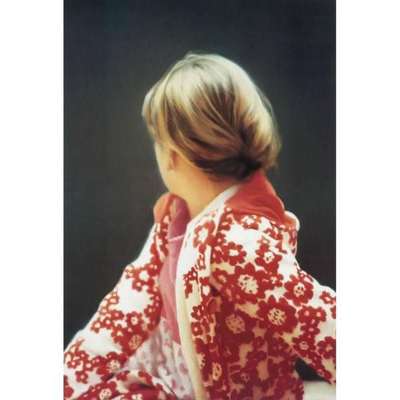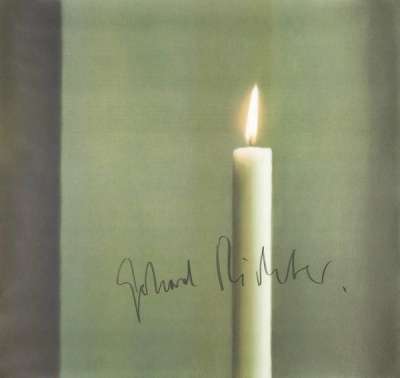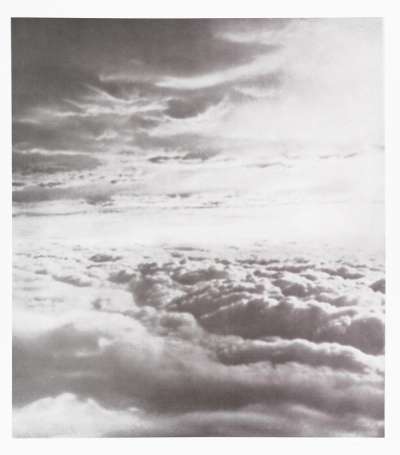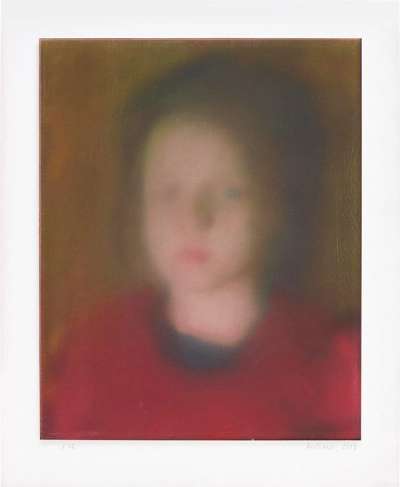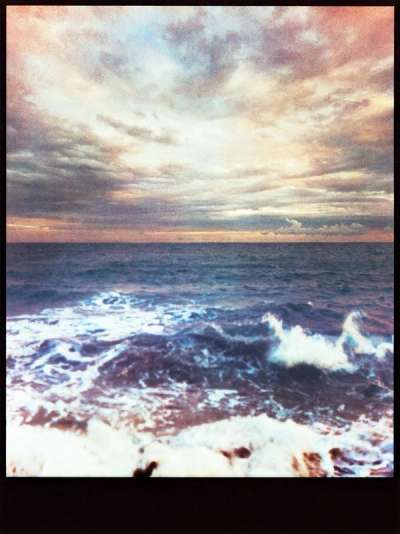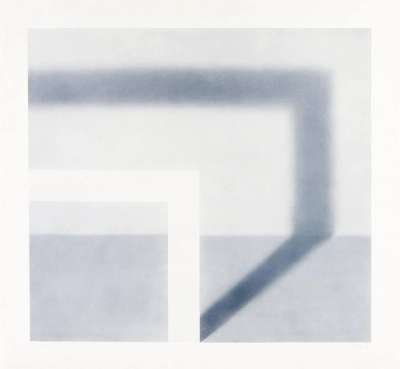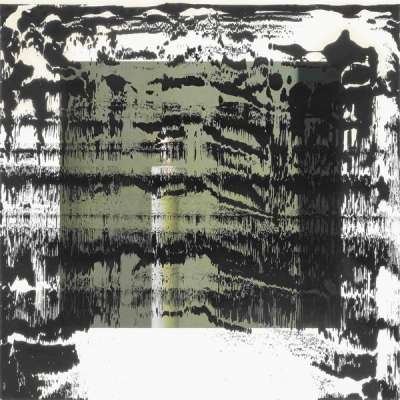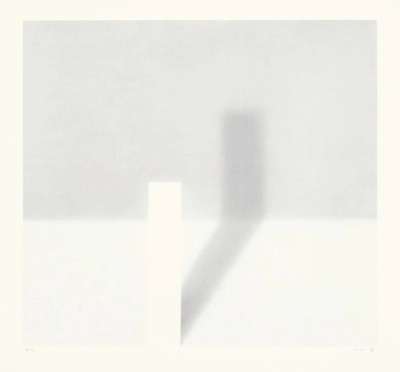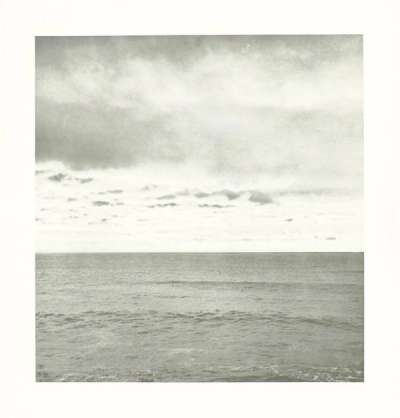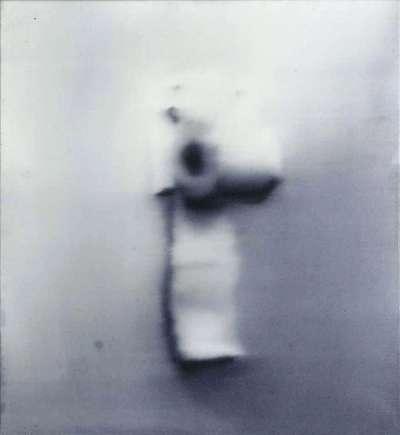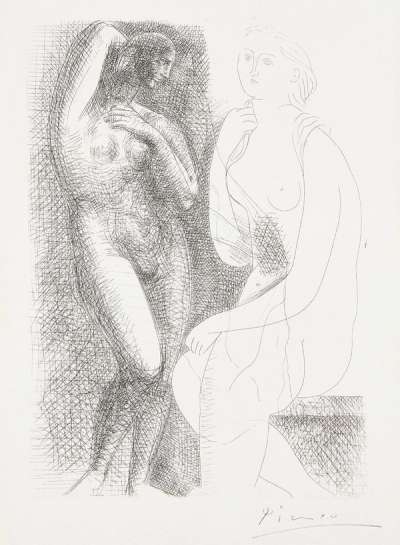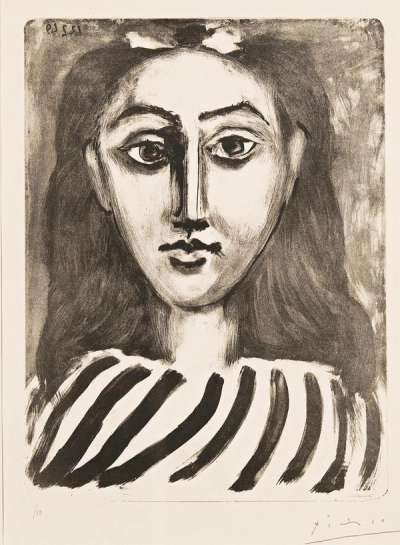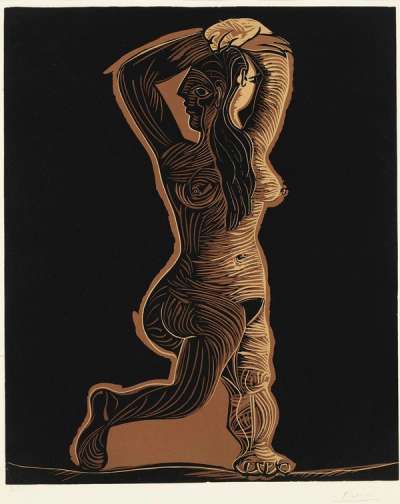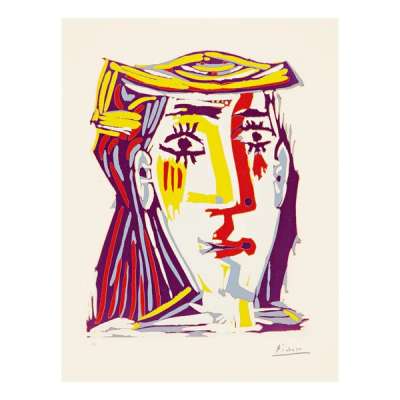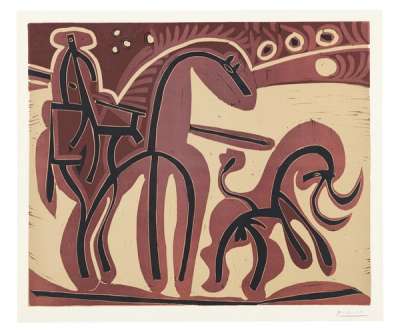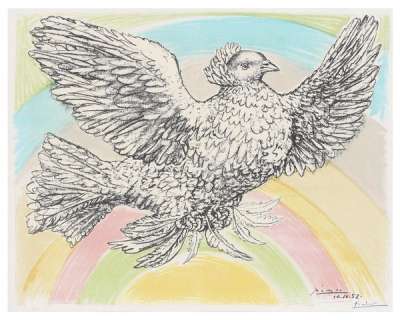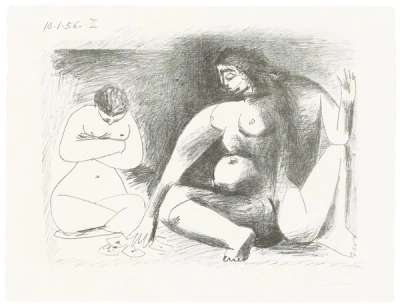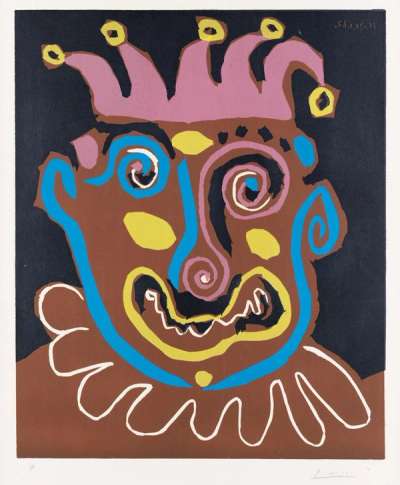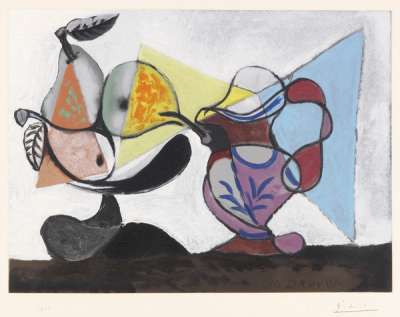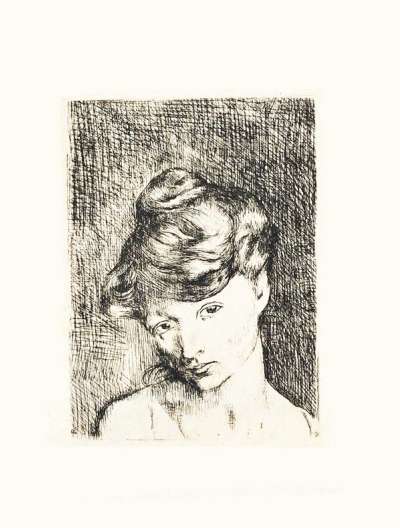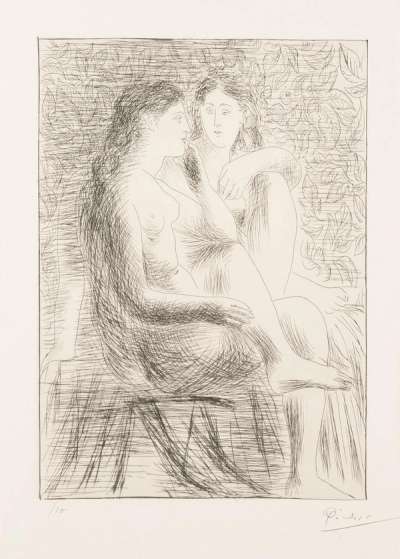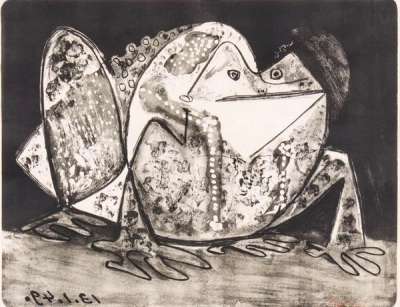
Wolke (Cloud)
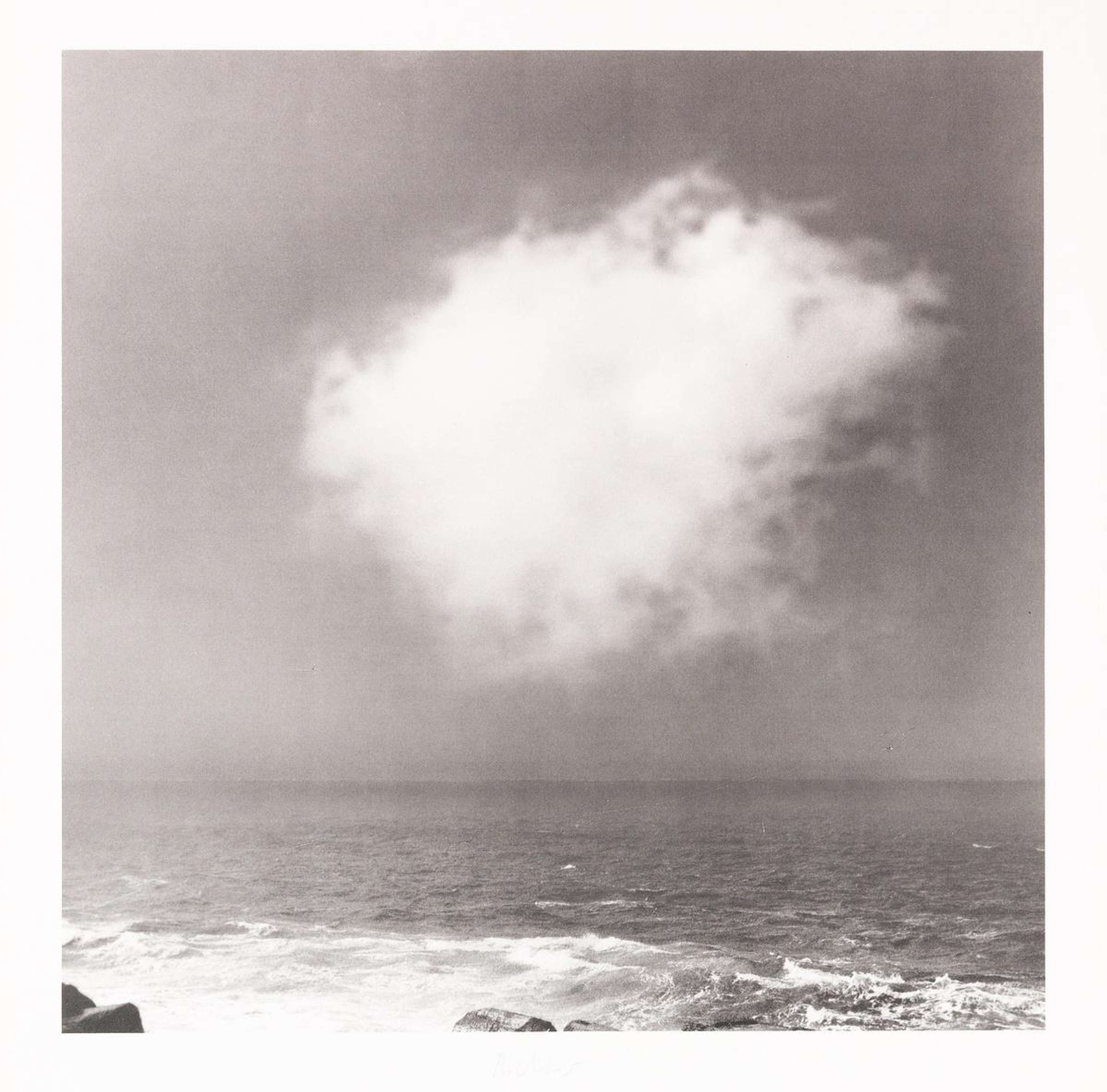
Wolke (Cloud)
Signed Print
Gerhard Richter
£7,000-£11,000Value Indicator
$14,000-$22,000 Value Indicator
$12,500-$20,000 Value Indicator
¥60,000-¥100,000 Value Indicator
€8,500-€13,000 Value Indicator
$70,000-$110,000 Value Indicator
¥1,340,000-¥2,100,000 Value Indicator
$9,000-$14,000 Value Indicator
AAGR (5 years) This estimate blends recent public auction records with our own private sale data and network demand.
There aren't enough data points on this work for a comprehensive result. Please speak to a specialist by making an enquiry.
Medium: Lithograph
Edition size: 150
Year: 1971
Size: H 60cm x W 64cm
Signed: Yes
Format: Signed Print
TradingFloor
Track this artwork in realtime
Watch artwork, manage valuations, track your portfolio and return against your collection
Track auction value trend
Auction Results
| Auction Date | Auction House | Location | Hammer Price | Return to Seller | Buyer Paid |
|---|---|---|---|---|---|
| October 2023 | Van Ham Fine Art Auctions | Germany | |||
| April 2017 | Phillips New York | United States | |||
| November 2015 | Lempertz, Cologne | Germany | |||
| September 2015 | Christie's London | United Kingdom | |||
| June 2015 | Phillips London | United Kingdom | |||
| March 2015 | Christie's London | United Kingdom | |||
| October 2014 | Phillips New York | United States |
Meaning & Analysis
This signed lithograph print by venerated German artist Gerhard Richter was first issued in 1971 in an edition of 150. Part of the artist’s acclaimed Atlas series, it comprises a photorealist, painterly depiction of a clouded sky. Copied from a photograph, it shows a standout example of Richter’s highly-technical painterly practice.
A standout example of Richter’s painterly modus operandi during the late 1960s and early 70s, Wolke (Cloud) is a sublime image marked for its superbly technical treatment of the natural world. Depicting a lone cloud sat above a grey horizon, the beauty of this piece operates by instituting a visual contrast between its foreground - a whispy, ethereal white cloud - and its backround - a gloomy, brooding sky ready to burst with rain. Like other works in the Atlas series, including Schattenbild I (1968), Schattenbild II (1968), and Seestück I (1969), the print speaks to visual strength of Richter’s unique painterly style, as well as the artist’s so-called ‘blur’ effect, which permeates so many of his realist and photorealist creations.
During the late 1960s, Richter was living and studying in the West German city of Düsseldorf - a place known locally as the Schreibtisch des Ruhrgebiets, or ‘writing desk of the Ruhr’. An affluent city famed for housing the offices of large industrial corporations based in West Germany’s coal producing regions, Düsseldorf was - and still is - home to a thriving art scene. Having managed to escape to the West from communist East Germany just weeks prior to the building of the Berlin Wall in 1961, Richter was confronted with newfound personal artistic freedoms. At the Kunstakademie Düsseldorf, he co-founded the Capitalist Realism art movement, parodying the consumer-driven culture of his new surroundings as well as his strict socialist realist training, which he received back in Dresden.
Hailing from Germany, Gerhard Richter has not been confined to one visual style. A testament to versatility and artistic diversity, Richter's work spans from photorealism to abstraction and conceptual art, and his portfolio is rich in varied media. From creating bold canvases to working on glass to distort the lines between wall-based art and sculpture, Richter has honed in on the blur technique to impart an ambiguity on his creations. To this day, Richter is one of the most recognised artists of the 20th century with his art having been presented in exhibitions worldwide. His global impact underscores his legacy as a trailblazer of artistic exploration.
